Toyota is reviving its off-road heritage in a practical way with the new Land Cruiser FJ: a small, body-on-frame off-road SUV built on the updated IMV platform and built in Thailand. The focus of the project is on durability, economy and ease of repair – factors that emerging markets value. On paper, the 2026 FJ uses a 2.7-liter 2TR-FE gasoline engine, mated to a six-speed automatic transmission and part-time four-wheel drive.
Despite the international interest, Toyota confirmed that the Land Cruiser FJ will not be sold in the US and Europe due to import costs and different tastes; instead, the vehicle is aimed at Southeast Asia, the Middle East, Latin America and Africa. The FJ is significantly smaller than the Land Cruiser 250, and is also around 300 kg lighter, with a curb weight of around 1,900 kg.
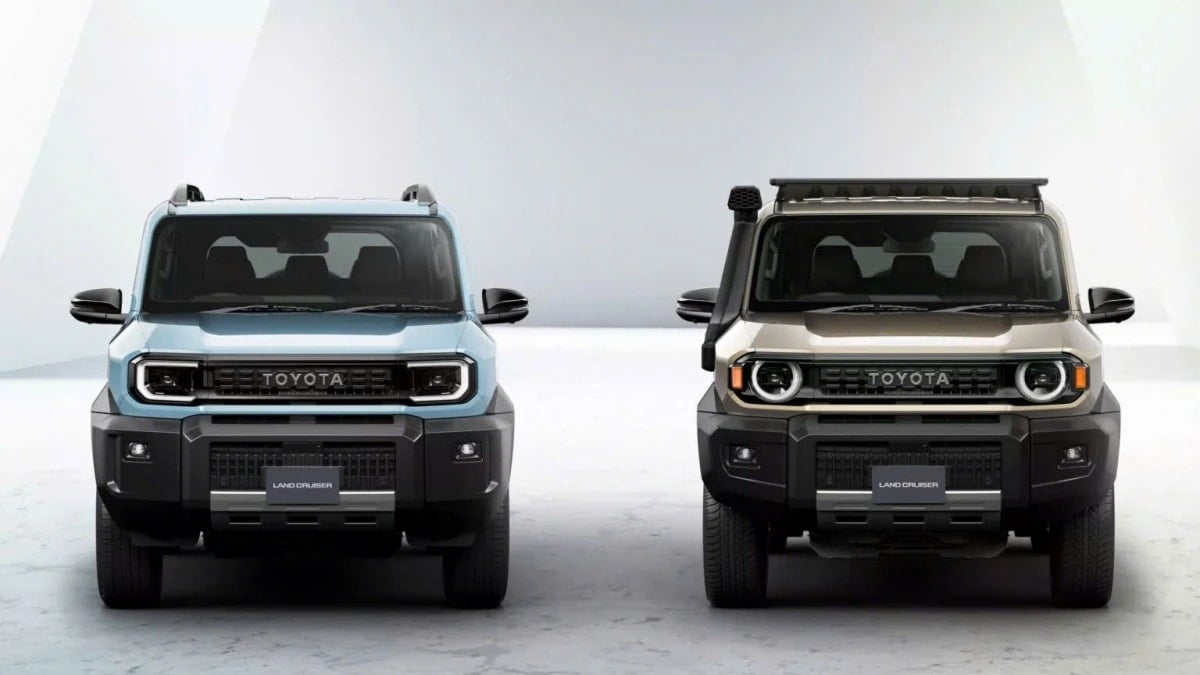
Square shape, reminiscent of the Compact Cruiser EV concept
The design of the new Land Cruiser FJ is heavily inspired by the Compact Cruiser EV concept launched in 2021, with a square body, clear surface panels, and a focus on functionality. This approach aims to optimize visibility, ease of installation of off-road accessories, and minimize damage when operating on poor roads.
Compared to the Land Cruiser 250 and 300, the FJ has slimmed down overall proportions to make it more agile in urban areas and narrow roads – typical of its target markets. Details such as strong wheel arches, compact front and rear bumpers and short overhangs generally help improve approach and departure angles. Although detailed specifications have not been released, the FJ's technical direction suggests that it prioritizes off-road performance over cosmetic appearance.
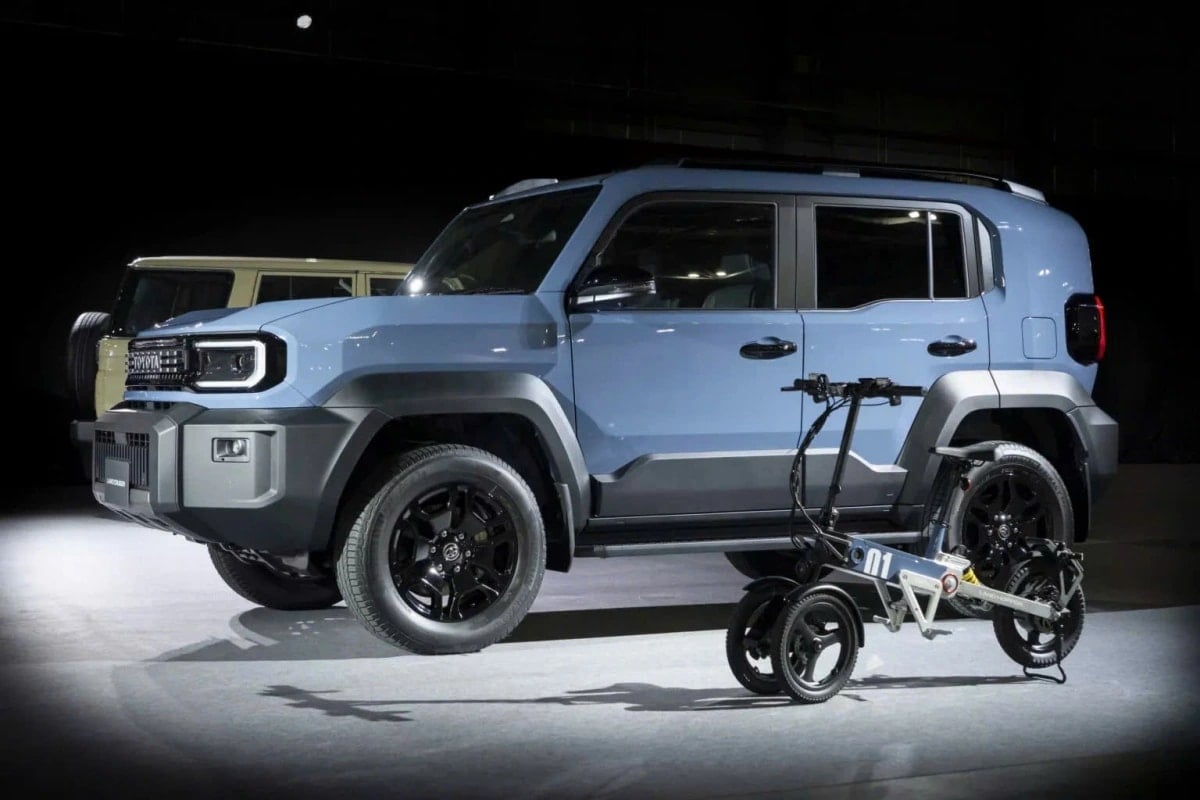
Cabin aims for durability and practicality
Toyota emphasizes the FJ’s philosophy of durability, economy, and ease of repair. This suggests a cabin that prioritizes functionality, intuitive layout, and easy-to-clean materials – suitable for the diverse climates and roads of emerging markets. However, specific interior details (screen cluster, connectivity, seat comfort) have not yet been announced.
With the target customer base, simple mechanical solutions with easy replacement parts can be appreciated. When official information about the dashboard, entertainment system and seat configuration is announced by Toyota, we will update the review with more details.
2TR-FE engine and part-time 4WD: choose durability over power racing
At the heart of the FJ’s powertrain is the 2TR-FE 2.7-litre, naturally aspirated four-cylinder petrol engine – a proven performer in the Toyota range. It produces 161bhp and 246Nm of torque, mated to a six-speed automatic transmission. Part-time four-wheel drive allows for flexible switching between rear and 4WD when more grip is needed.
Weighing in at around 1,900 kg, the FJ’s power-to-weight ratio is less about acceleration than about durability, stability and low-speed control – especially off-road. The modular chassis remains the core platform, allowing for better torsional rigidity when off-roading and allowing for upgrades to suspension, tires, wheels and skid plates.
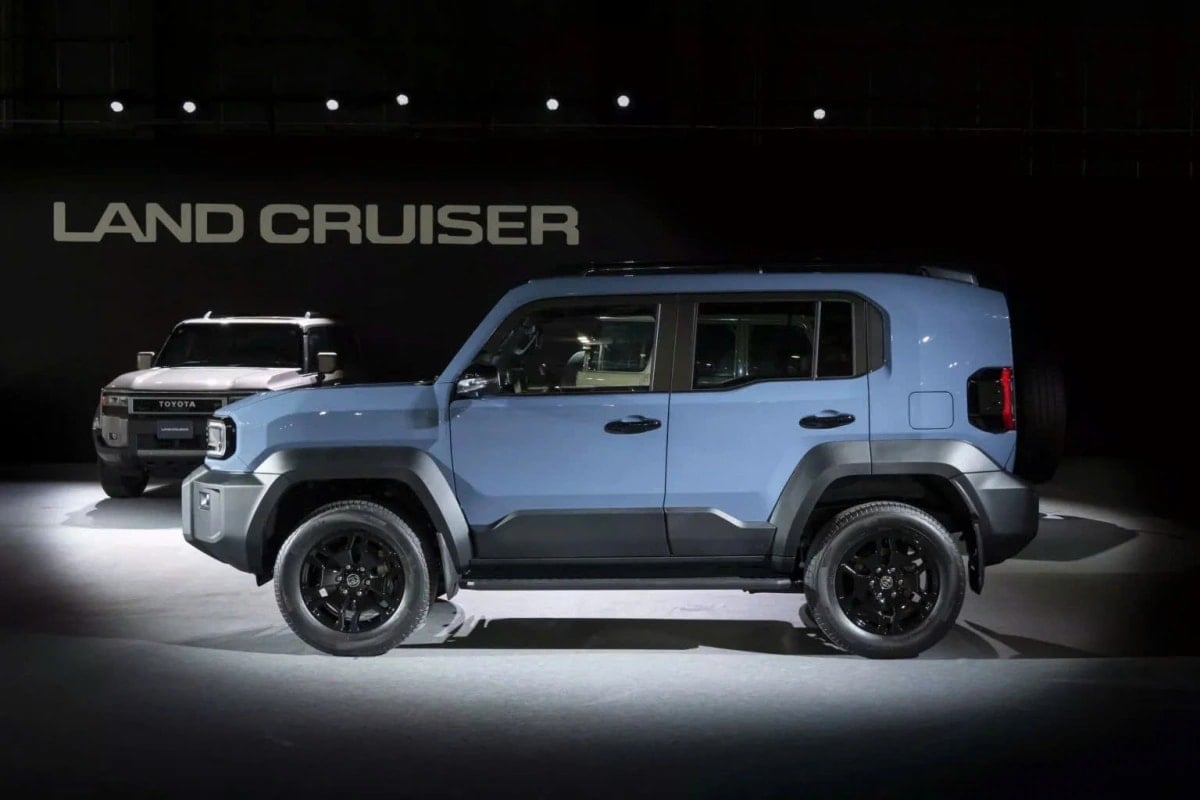
Safety and driver assistance: information still open
Toyota has not yet announced the detailed safety package or independent crash test ratings for the FJ. Advanced driving assistance features such as adaptive cruise control (ACC) Stop & Go, forward collision warning, lane keeping... have not been confirmed. When there is official data, especially on the configuration of 6 airbags or hill descent control technology, differential lock, we will update.
Positioning and market strategy: “the people's global car”
According to Toyota, the FJ is produced in Thailand for Southeast Asia, the Middle East, Latin America and Africa. The company does not distribute it in the US and Europe due to high import costs (including a 19% tax on cars made in Thailand) and different tastes – Western customers prefer larger, more powerful SUVs like the Land Cruiser 250 or Sequoia.
The FJ is positioned below the Land Cruiser 250, focusing on core values: durability, ease of operation and ease of repair. This is a consistent direction to maintain the Land Cruiser DNA but in a neater, more accessible “package” for the majority of users in emerging markets.
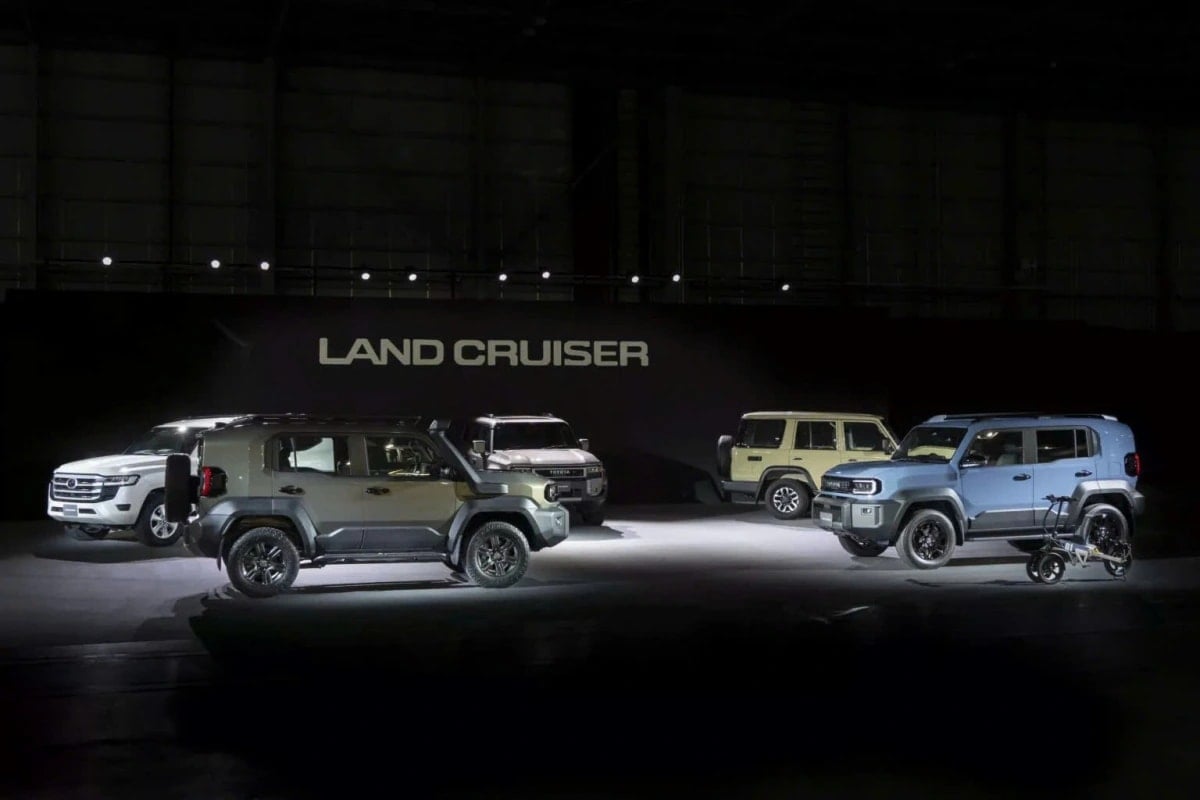
Main technical specifications table (as originally published)
| Category | Parameter |
|---|---|
| Foundation | IMV update, removable chassis |
| Engine | 2TR-FE gasoline, 2.7 liters, 4 cylinders, naturally aspirated |
| Capacity | 161 horsepower |
| Torque | 246 Nm |
| Gear | 6-speed automatic |
| Drive system | 4 wheel part time |
| Weight | About 1,900 kg |
| Manufacture | Thailand |
| Distribution | Southeast Asia, Middle East, Latin America, Africa |
| Not distributed | America, Europe |
| Timeline | Expected market launch from mid-2026 (Asia, Latin America) |
Conclusion: a “real” Land Cruiser for the masses
The 2026 Land Cruiser FJ is a practical answer to the need for an off-road SUV: a modular chassis, part-time 4WD, a familiar 2.7-liter engine, and a rugged orientation. Its lack of sales in the US and Europe reflects cost and positioning, but in its target markets, the FJ has a chance to become a “go-anywhere” vehicle in the true Land Cruiser spirit.
Advantage
- Separate chassis, part-time 4WD, durable configuration for off-road.
- 2TR-FE engine is popular, easy to maintain, suitable for emerging markets.
- More compact than Land Cruiser 250, weighs about 300 kg lighter.
Limit
- Capacity is modest compared to current SUV market.
- Safety equipment and ADAS not yet announced; crash test data lacking.
- Not distributed in the US and Europe.
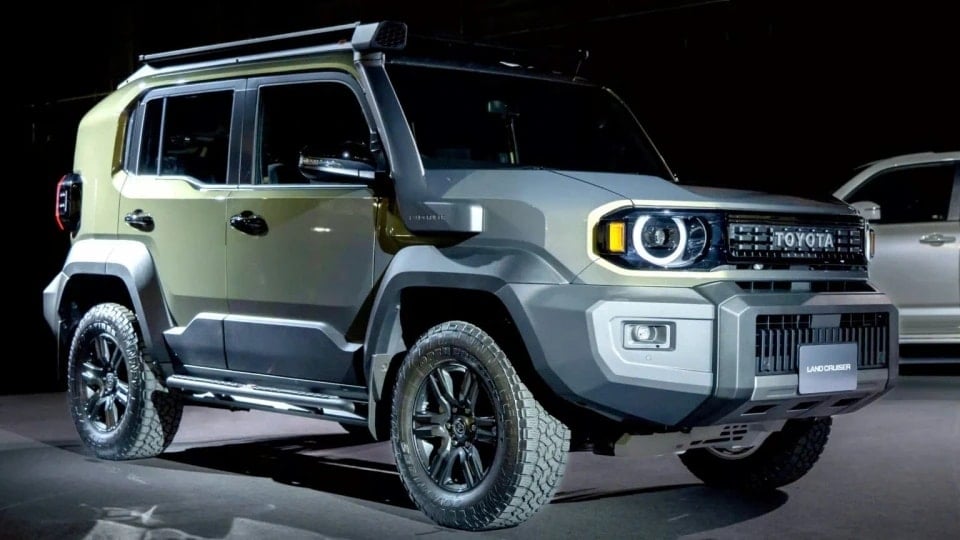
Source: https://baonghean.vn/toyota-land-cruiser-fj-2026-off-road-co-nho-may-27-lit-10308759.html




![[Photo] Prime Minister Pham Minh Chinh chairs meeting on railway projects](https://vphoto.vietnam.vn/thumb/1200x675/vietnam/resource/IMAGE/2025/10/23/1761206277171_dsc-9703-jpg.webp)
![[Photo] Prime Minister Pham Minh Chinh meets with South African President Matamela Cyril Ramaphosa](https://vphoto.vietnam.vn/thumb/1200x675/vietnam/resource/IMAGE/2025/10/23/1761226081024_dsc-9845-jpg.webp)
![[Photo] President Luong Cuong holds talks with South African President Matamela Cyril Ramaphosa](https://vphoto.vietnam.vn/thumb/1200x675/vietnam/resource/IMAGE/2025/10/23/1761221878741_ndo_br_1-8416-jpg.webp)



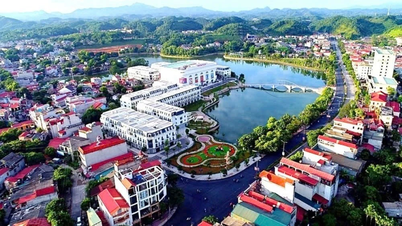













































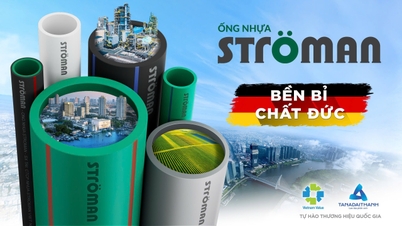
























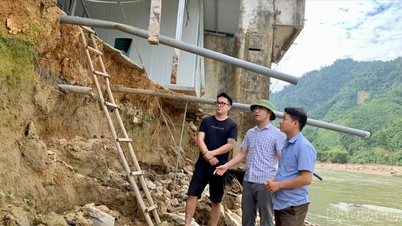





















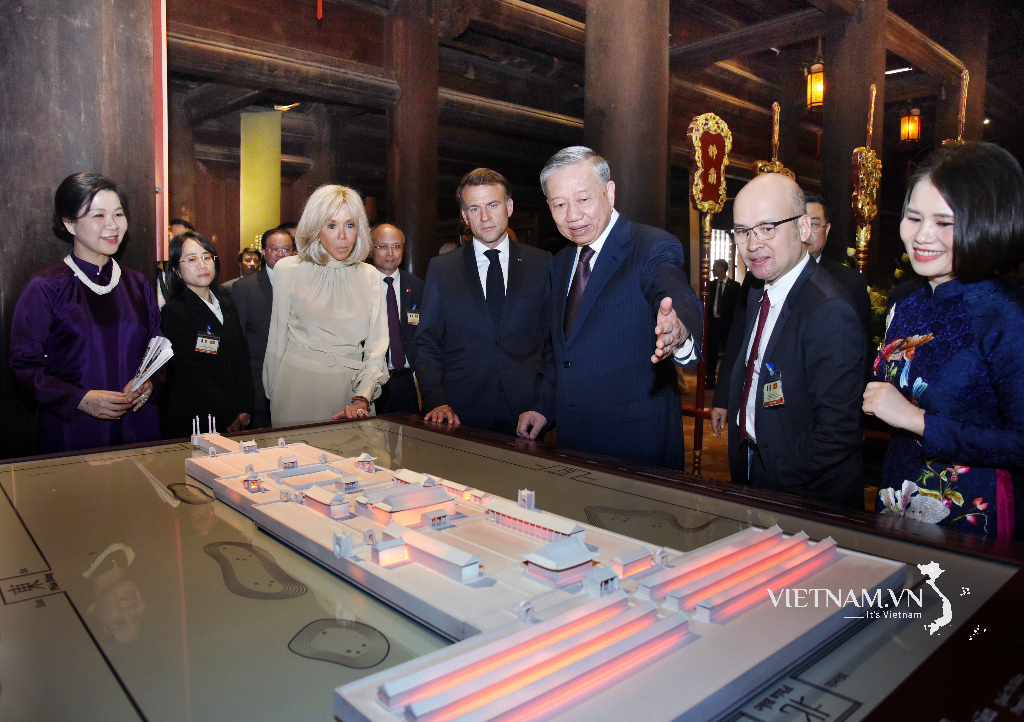
Comment (0)